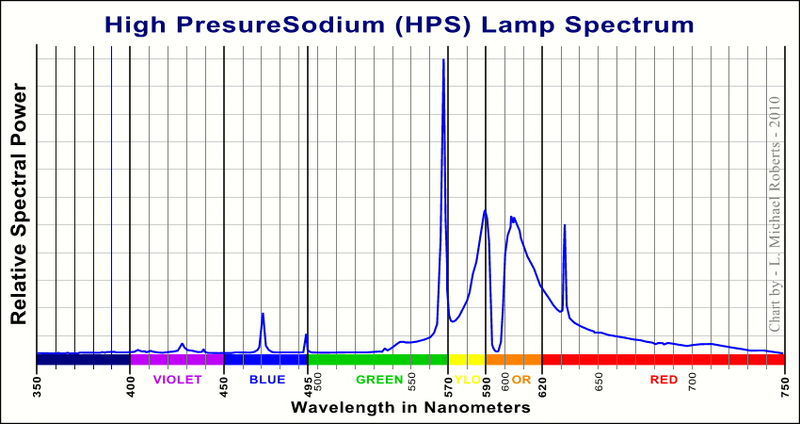Welcome~panamericanelectronics.Com Enterprise website
Writer:Jane Time:2020-10-09 Browse:97
Although there are many different types of hydroponic lighting, there is a lot of talk in the hydroponic field about LED planting lights and how they could be the "next big thing" for indoor garden lighting. Like many products in the hydroponic market, there is a lot of marketing and hype behind LEDs.
Sometimes, when you're struggling with marketing campaigns and online rumors from hydroponics growers, it's hard to know if LEDs are the ideal solution for your garden. To solve this problem, I decided to delve into the real state of LEDs in an unbiased way. Let's begin to understand the advantages of LED compared to other lighting technologies!
Advantages of LED lighting
Let's skip hydroponics for a moment and just look at the advantages of LEDs over incandescent and fluorescent lights. Now that we know the general advantages, we can apply them to hydroponics to see if they still work.
1. Less energy
2. Over a longer period of time
3. The smaller
4. Solid (more durable)
5. Lower calories
In addition to these basic advantages, LED lighting has a high luminous efficiency when compared to incandescent and fluorescent lamps. Luminescence efficiency is the ability of a light source to produce visible light, so the higher the light source efficiency, the more visible light is produced per unit of power input.
One thing to keep in mind before reading any more is that visible light doesn't always mean better.
LED for higher photoelectric efficiency
LEDs can achieve 18 to 22 lumens per watt, while incandescent bulbs can achieve 60 to 100 lumens per watt of 15 lumens per watt. Fluorescent lamps reach 100 lumens per watt. Fluorescent lamps seem to perform better than LEDs, but LEDs have been shown to roughly follow Moore's Law, which means that their output of lumens per watt roughly doubles every 18 months.
LED has a longer life
LEDs last longer than incandescent or fluorescent lamps. There are reports that LEDs made in the 70's and 80's are still working! This is because they are solid, which means there is no vacuum or gaseous component. LEDs last 25,000 to 100,000 hours until they fail.
They are efficient
Another benefit of LEDs is their thermal efficiency. Unlike high-pressure sodium bulbs, they don't give off a lot of heat to the growing environment. Because air and water temperature are so important for hydroponic growth, this could be a huge benefit for people who grow in confined Spaces or need to control heat for other reasons. It also allows you to place the light closer to the leaves of the plant, which helps you get the light using the inverse square law.
To control the color temperature

Tel: +86 0769 38930008
Phone:+86 13267401690
Mail:Vipmanager@panamericanelectronics.com
Add: Building 6, Zhongtang Tian'an Digital City, No. 88, Jinyuan Road, Zhongtang Town, Dongguan City, Guangdong Province,China